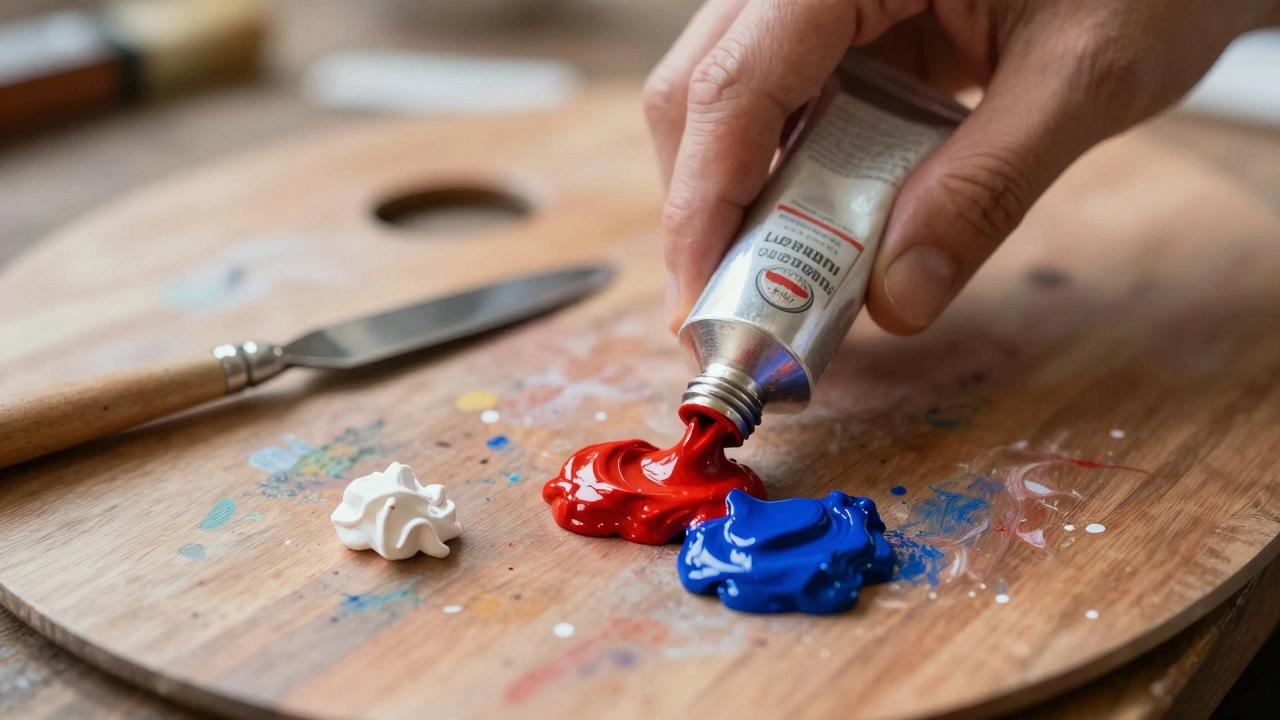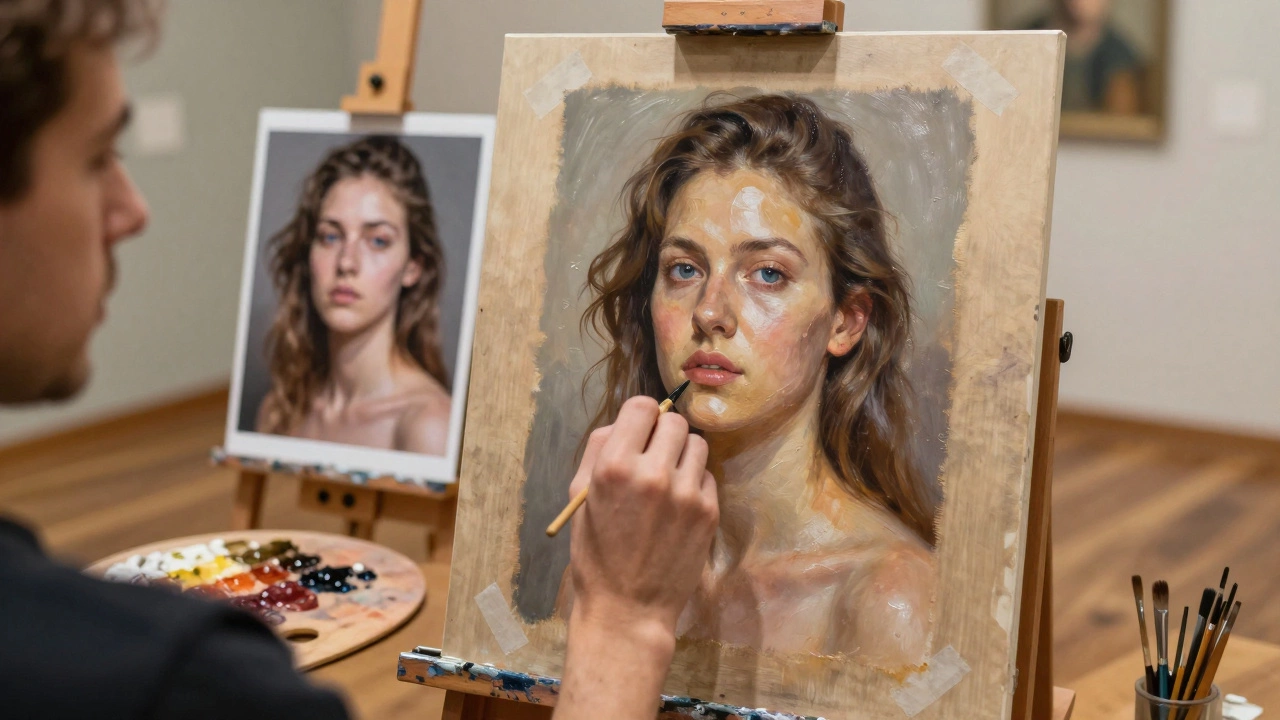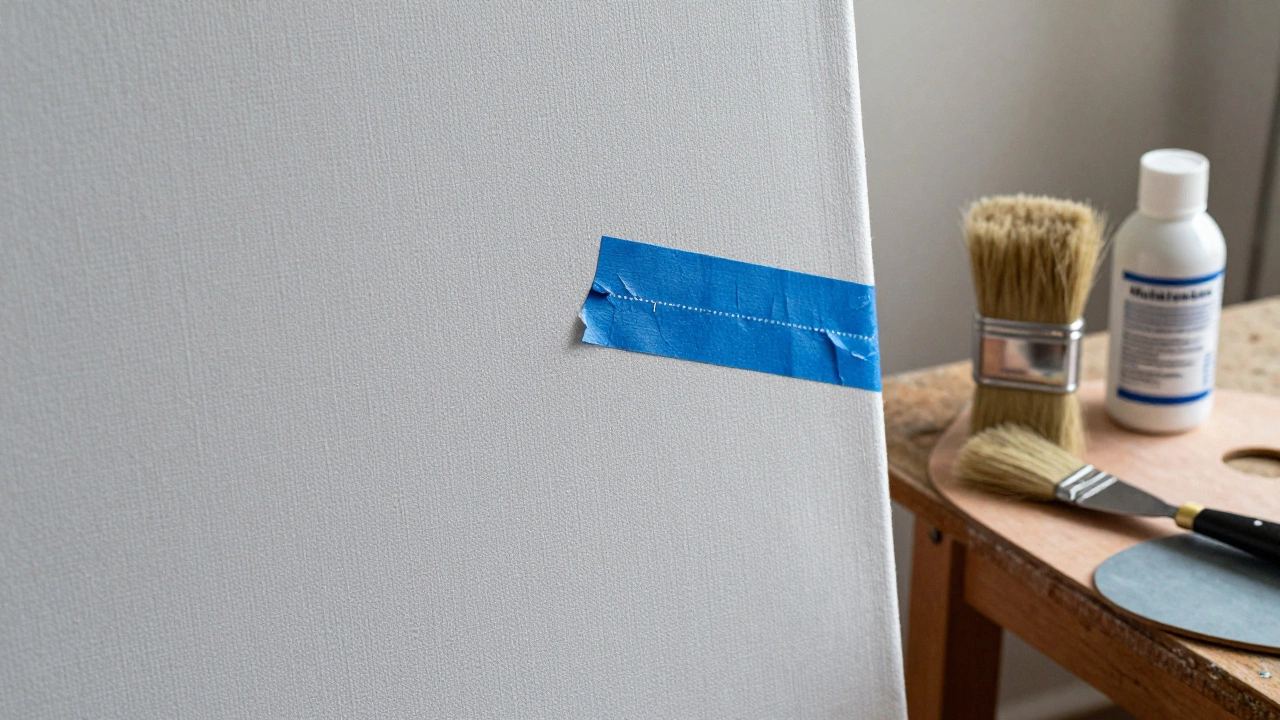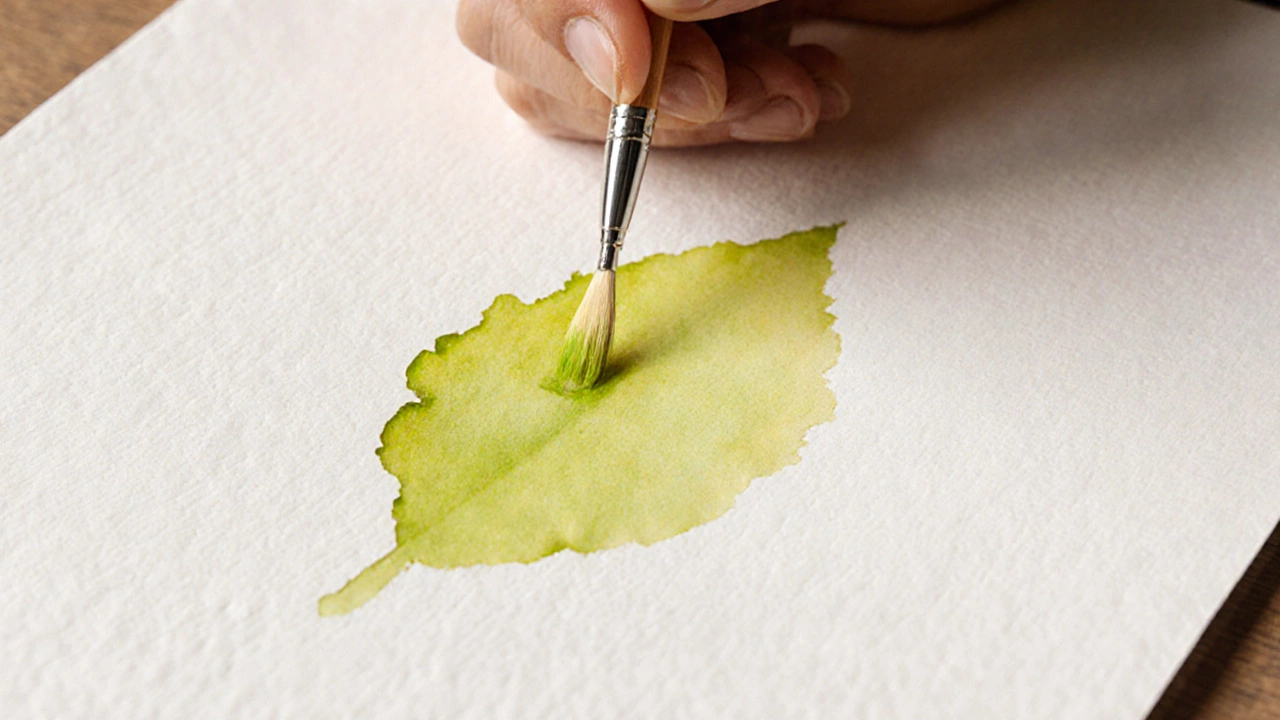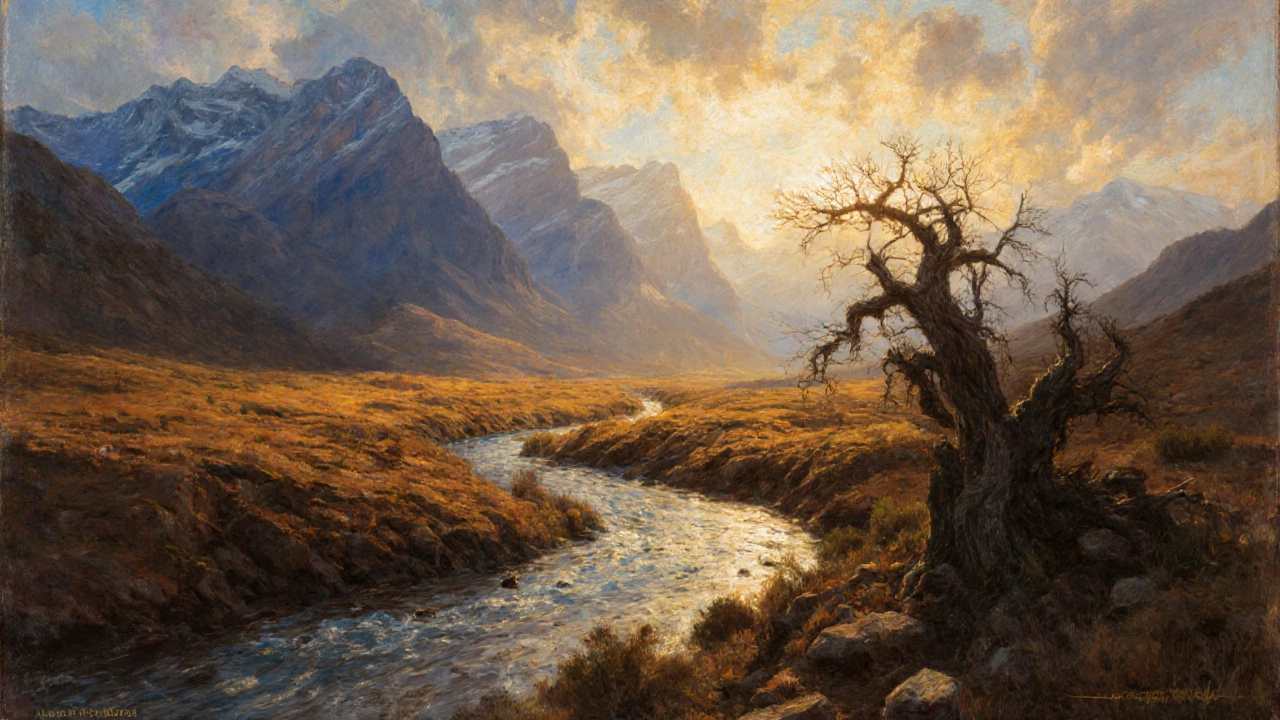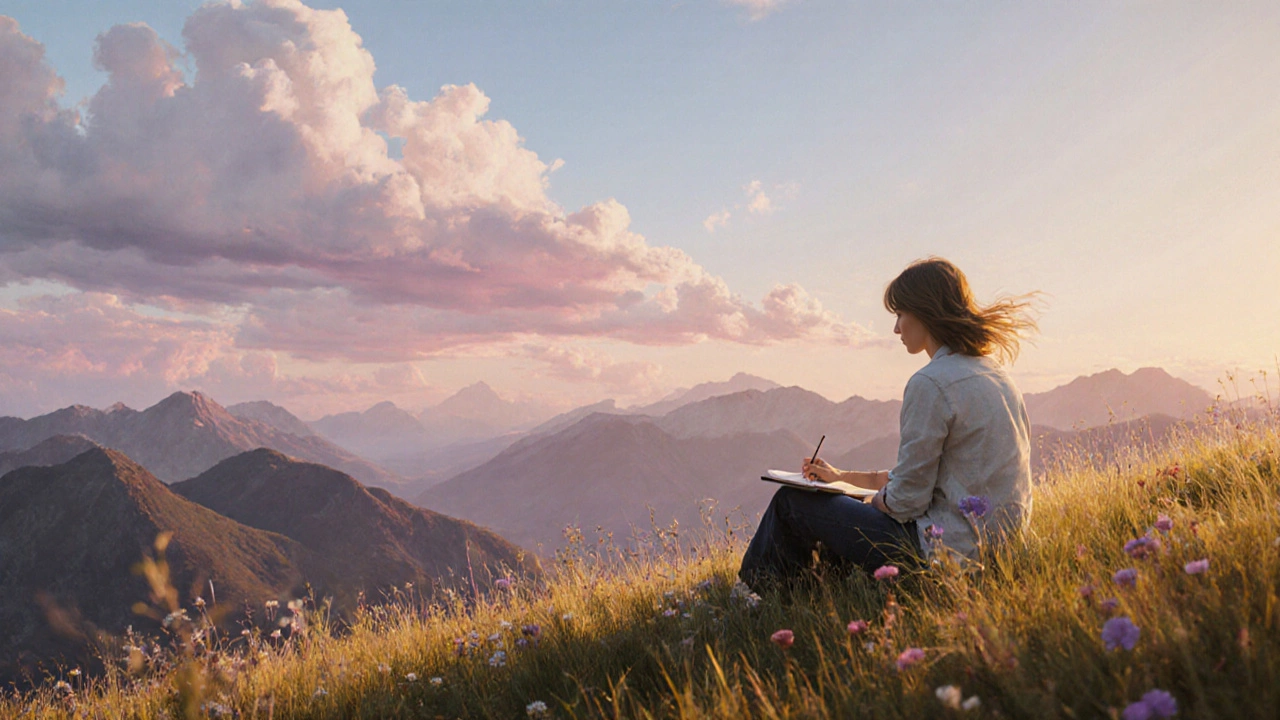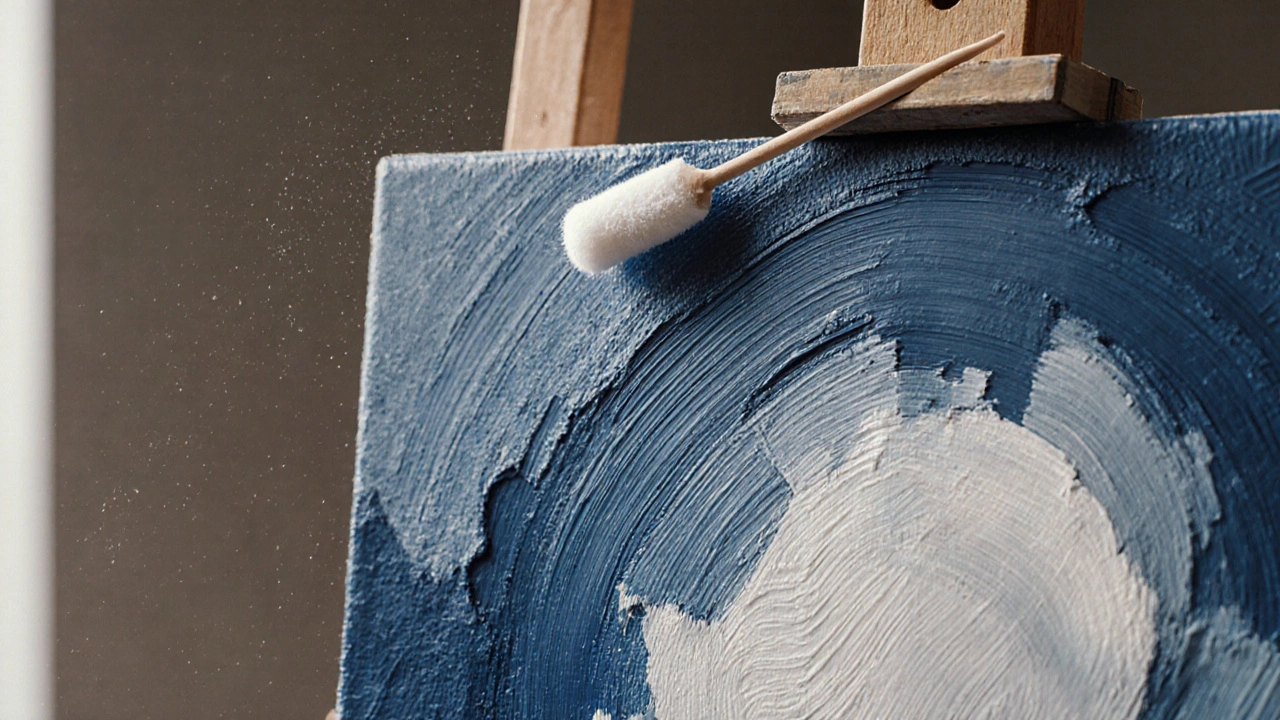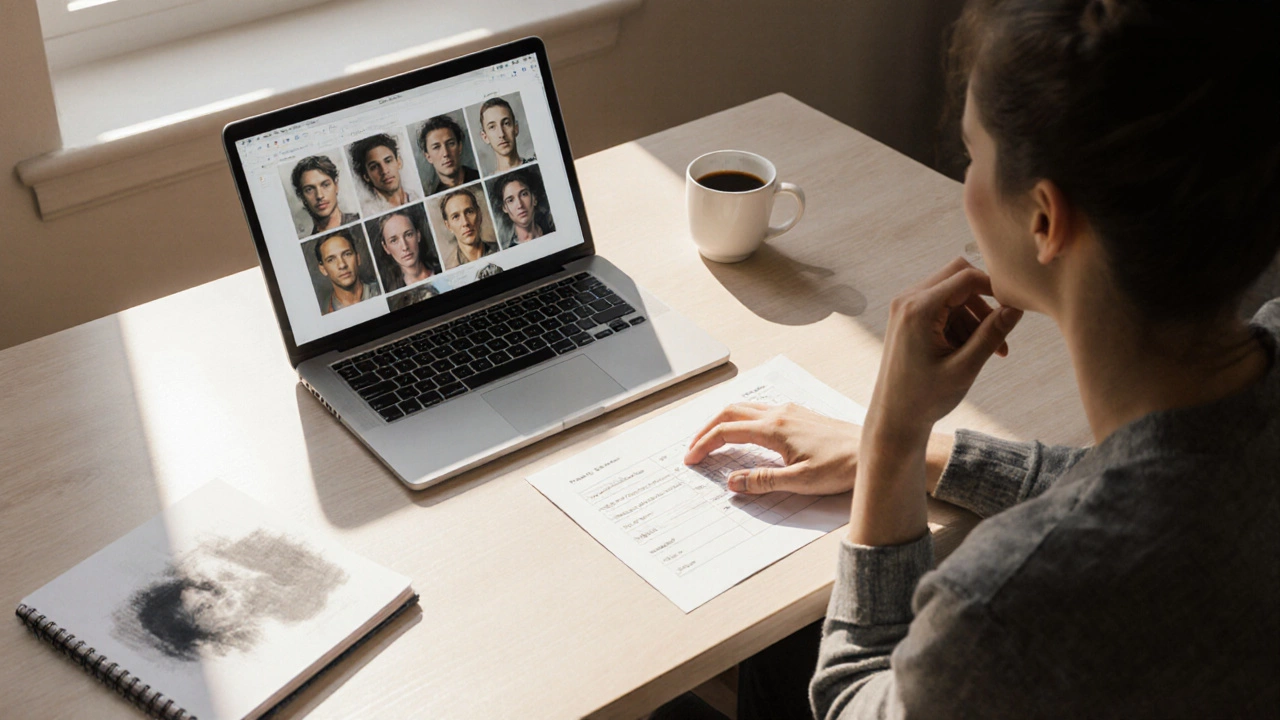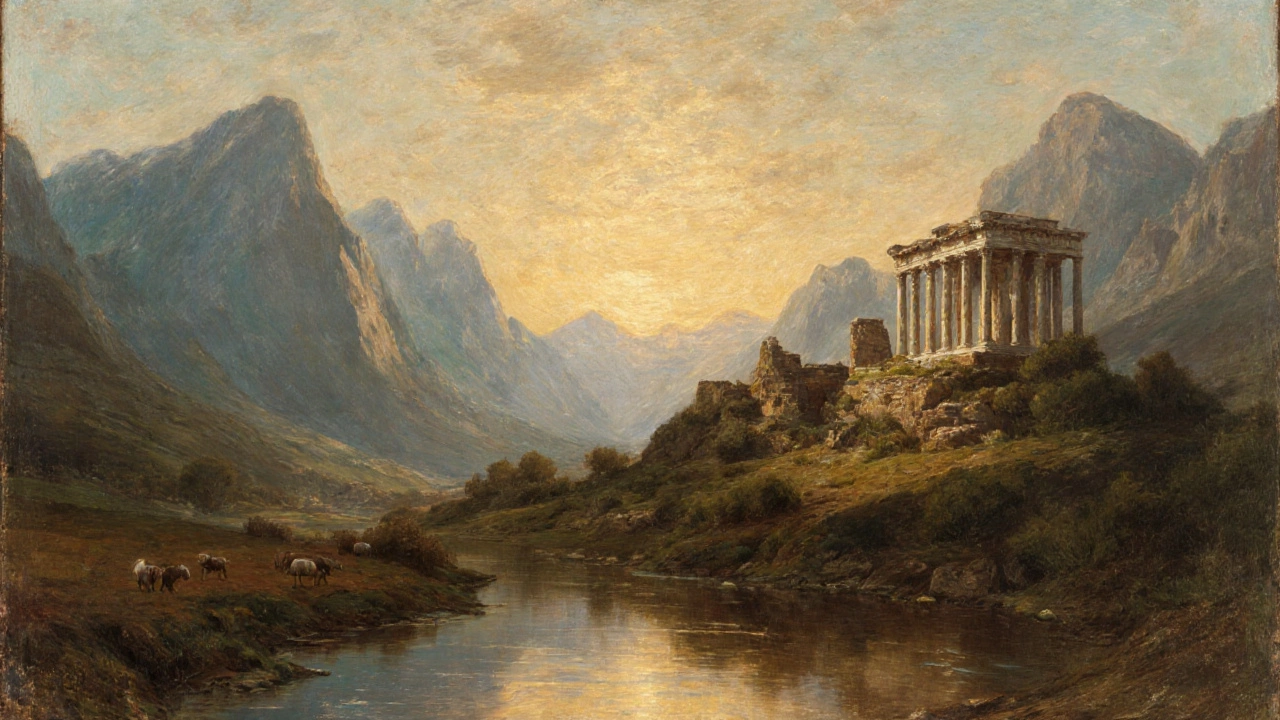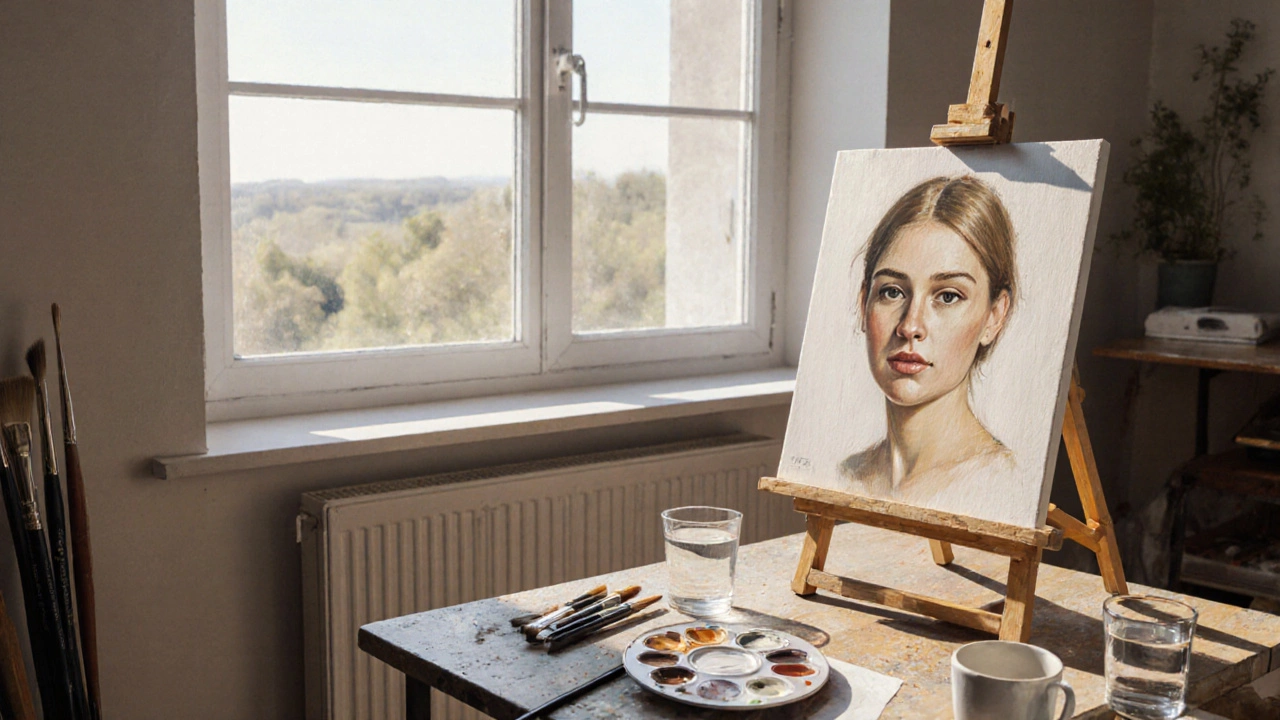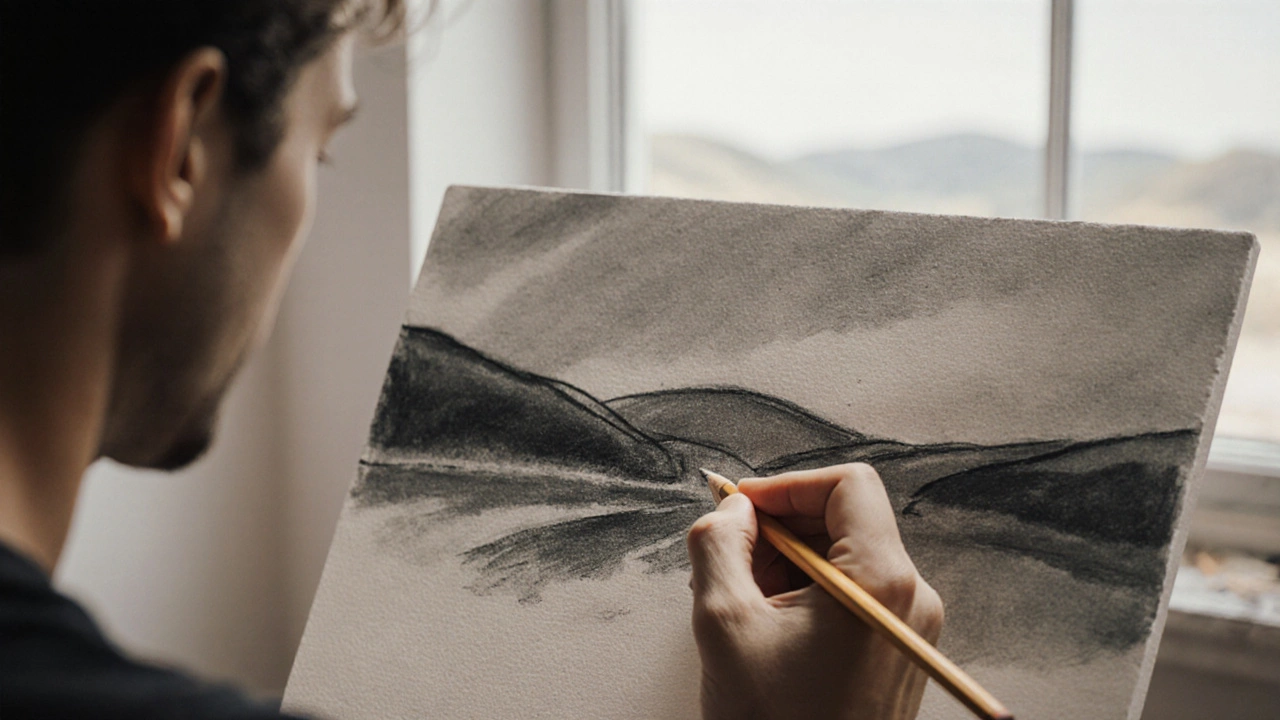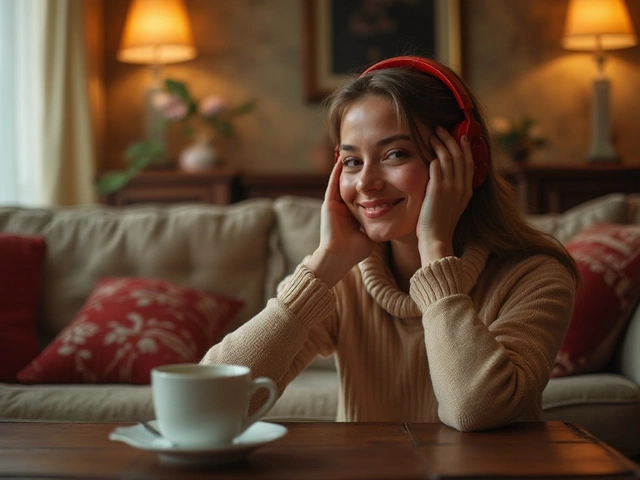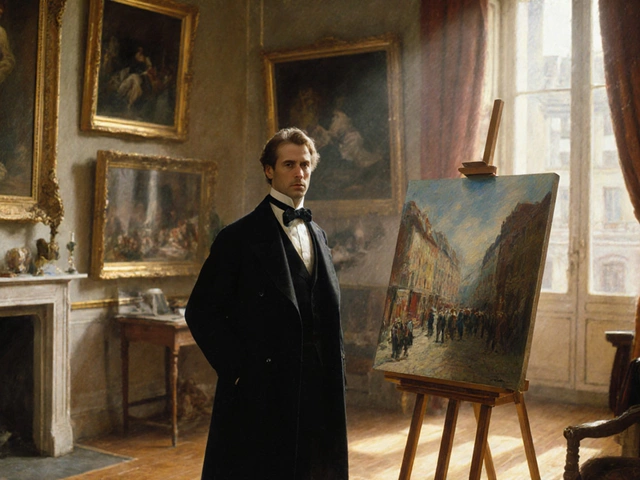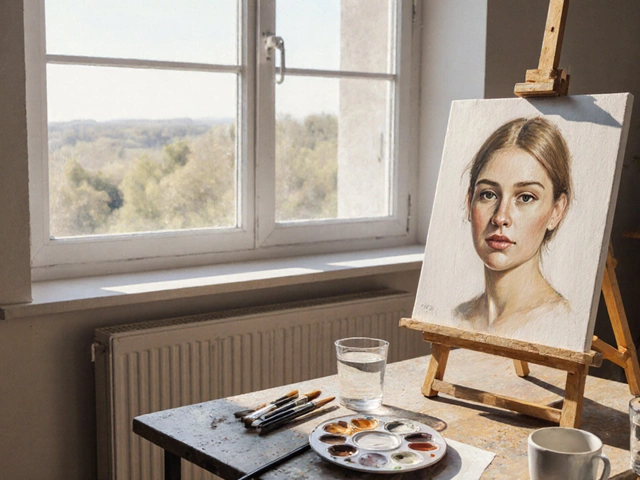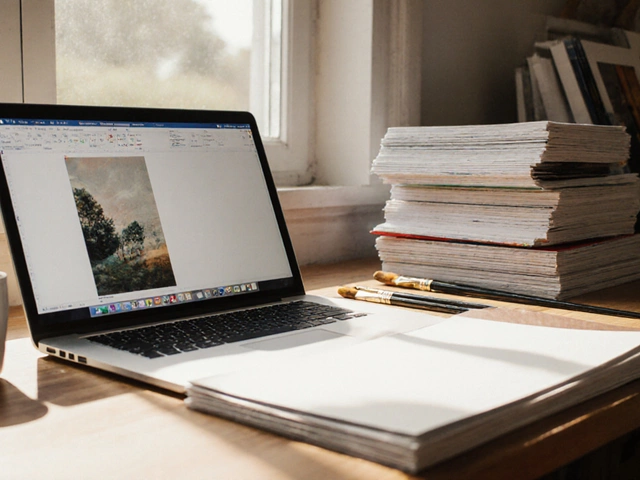Painting Guides & Techniques – Learn to Paint Better Today
Want to paint more confidently? You’re in the right spot. Below you’ll find straightforward tips that work right away, no fluff. Whether you grab a brush for the first time or have a dozen canvases at home, these ideas help you get clearer, richer results.
Choosing the Right Medium
First thing: pick a medium that fits your style and schedule. Watercolor dries fast and lets you play with transparent washes, but it can be tricky if you like to correct mistakes. Oil paint stays wet longer, giving you time to blend and rework, yet you’ll need solvents and more drying space. Acrylics dry quickly like watercolor but behave like oil when you add a retardant medium. Test each on a scrap piece – the feel, the smell, the drying time – and stick with the one that feels natural.
Don’t overlook paper or canvas choice. Rough watercolor paper holds water well, while smooth hot‑pressed paper is better for fine details. For oils and acrylics, primed canvas prevents the paint from soaking through. A simple stretch of canvas using a staple gun and pliers can make a huge difference in how your paint sits.
Essential Painting Techniques
Now that you’ve got your supplies, let’s talk technique. One of the most useful tricks is the “fat‑over‑lean” rule for oils: start with thin, solvent‑heavy layers and finish with thicker, oil‑rich layers. This stops cracking as the painting ages. For acrylics, work from dark to light – the fast drying time makes it easier to add highlights on top of base colors.
Try the scrubbing technique to create texture. Lay a dry brush over a wet layer, drag it lightly, and you’ll see a grainy effect that adds depth to branches or rocky surfaces. The smearing technique works great for soft transitions in portraits – just use a soft brush or a palette knife and move the paint horizontally to blend edges.
Whenever you paint a portrait, remember the Rule of 3. Divide your canvas into thirds both ways and place key features (eyes, mouth, highlights) near the intersections. It creates balance and draws the eye naturally. Mixing a bit of complementary color into shadows can also make skin tones pop without looking fake.
Don’t forget to step back often. A quick glance from a few feet away shows you whether values are right and if the composition feels balanced. If something looks off, use a clean rag to lift excess paint or a thin glaze to adjust the tone.
Cleaning up properly prolongs your tools’ life. Rinse brushes with water for acrylics, and use a gentle soap for oils after the solvent is gone. Store paints in a cool, dry place – oil paint cans should be sealed tightly to avoid a skin forming on top.
Finally, keep a sketchbook handy. Jot down color mixes, brush experiments, and quick studies of light. Over time you’ll see patterns in what works for you, making future projects faster and more enjoyable.
Ready to try something new? Pick a medium, set up a simple still life, and apply one of the techniques above. You’ll see improvement after just one session, and the confidence will keep you painting more often.
Can You Use Oil Paint Straight from the Tube? The Truth About Tube Paint in Oil Painting
You can absolutely use oil paint straight from the tube-it's designed for it. Learn when to use it as-is and when to add medium, plus common myths and pro tips for better results.
Continue ReadingHow Much Does a Realistic Portrait Cost in 2025?
Realistic portraits cost between $300 and $10,000+ depending on size, medium, artist experience, and complexity. Learn what you're really paying for - and how to avoid cheap imitations.
Continue ReadingWhat Is the Famous School of Landscape Painting?
The Hudson River School was America’s first major art movement, turning wild landscapes into spiritual symbols. Artists like Thomas Cole and Frederic Church painted nature with awe, helping shape how Americans saw their land-and why it deserved protection.
Continue ReadingHow to Paint Straight Lines in Oil Paint: Pro Techniques for Clean Edges
Learn how to paint clean, straight lines in oil paint using tape, brushes, and simple techniques. Avoid common mistakes and get professional results without advanced skills.
Continue ReadingAre You Supposed to Layer Watercolor? The Real Guide to Building Depth Without Muddying Your Paint
Learn how to layer watercolor properly to create depth, avoid muddy colors, and unlock the true potential of this transparent medium. No fluff-just practical tips for better paintings.
Continue ReadingWhat Are the 4 Essentials to a Landscape Photo?
Discover the four essential elements-composition, lighting, depth, and color harmony-that make landscape paintings unforgettable. Learn how to turn ordinary scenes into powerful art.
Continue ReadingHow to Make Landscape Paintings Look Good: Simple Techniques for Realistic and Emotional Art
Learn how to make landscape paintings feel alive with simple techniques for composition, color, light, and texture. No fancy tools needed-just observation and honest expression.
Continue ReadingShould I Seal My Oil Painting? A Practical Guide to Varnishing for Long-Lasting Color
Learn when and how to properly varnish your oil painting to protect colors, prevent yellowing, and ensure it lasts decades. Avoid common mistakes and choose the right varnish for long-term preservation.
Continue ReadingPortrait Artist Rates 2025: How Much Do Portraits Cost?
Discover 2025 portrait artist rates, how medium, size, and experience affect pricing, and get practical tips for budgeting your custom portrait.
Continue ReadingTwo Main Types of Landscape Paintings Explained
Discover the two main types of landscape paintings-idealized and observational-along with their history, key artists, and how to tell them apart in just a few minutes.
Continue ReadingPortrait Painting Costs: How Much to Pay for a Custom Portrait
Learn the full breakdown of portrait painting costs, from medium and size to artist experience. Get budgeting tips, real price examples, and a FAQ to guide your commission.
Continue ReadingPainting Order for Landscape Paintings: Start with the Background or Foreground?
Learn the optimal painting order for landscape artworks, from value studies to glazing, with practical steps, tips, and a clear pros‑cons table.
Continue Reading